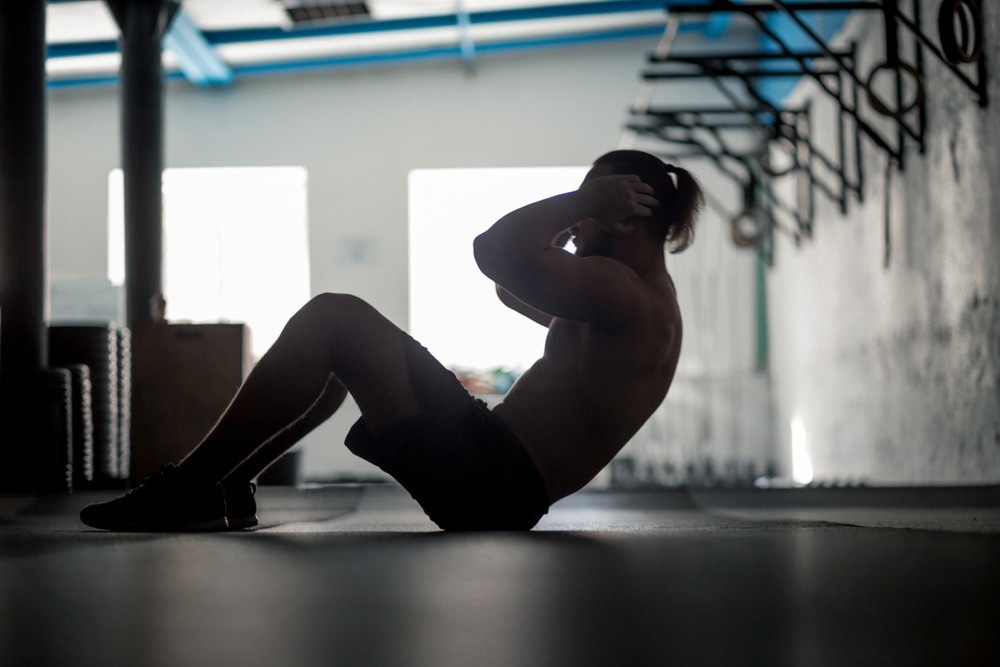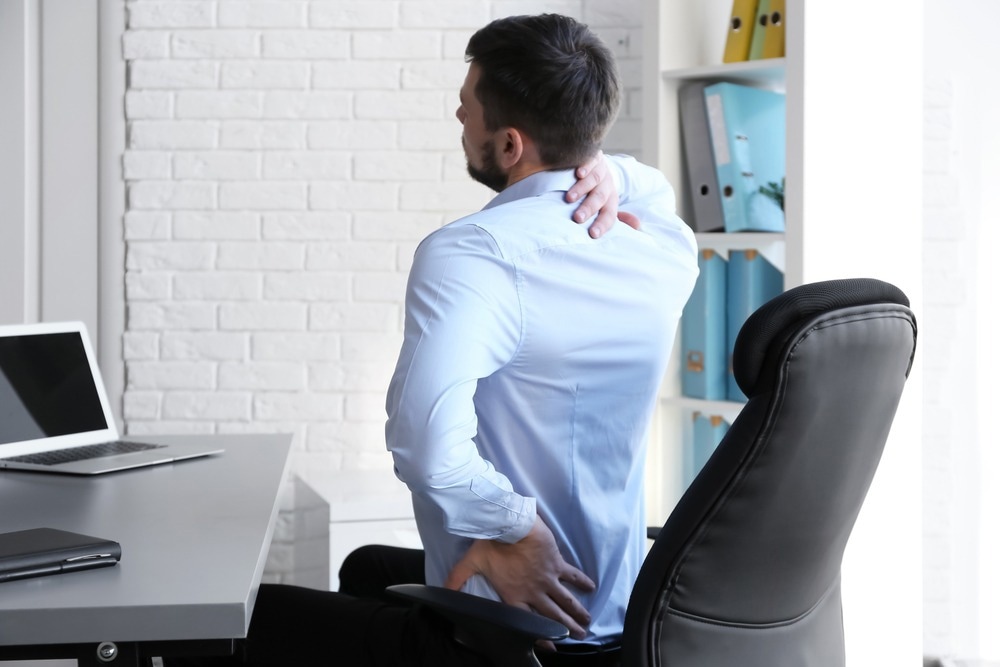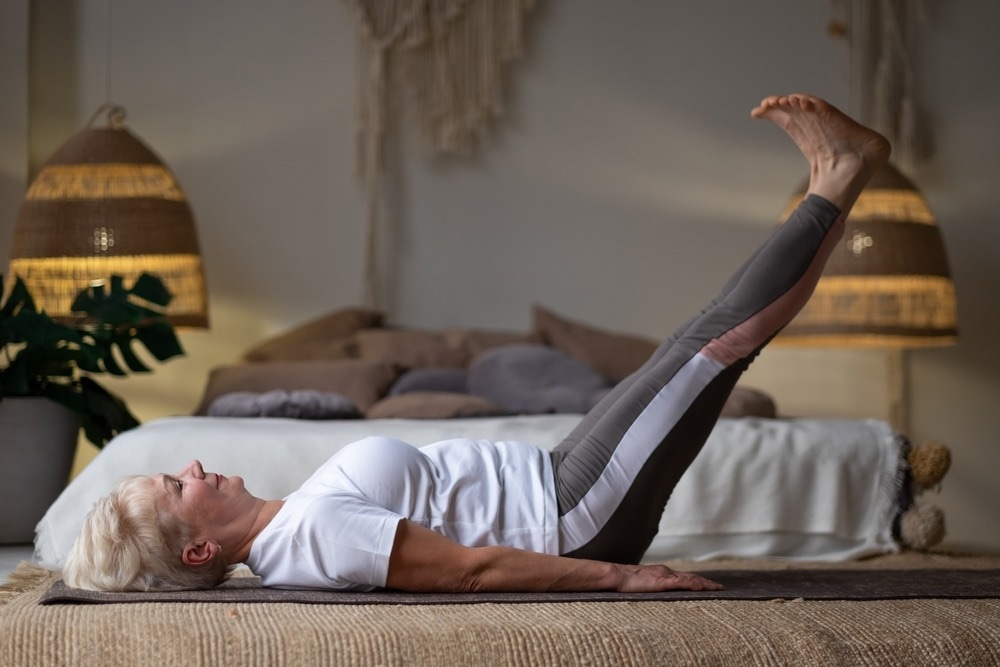Core muscles: definition and purpose
Health implications and importance
Core fitness principles
Core training becomes more important as you get older
References
Further reading
Core muscles are important in all training forms, whether yoga or martial arts, cardio, or weightlifting. Fitness trainers constantly advise you to use your core muscles in your workout because you will not benefit from your efforts without them.

Image Credit: UfaBizPhoto/Shutterstock.com
Anyone with even the slightest interest in fitness has come across the term core strength. But how many people understand what core muscles are made of and how to train them properly? There are many misconceptions associated with this muscle group, and until they are corrected, it is difficult to optimize results.
Core muscles: definition and purpose
Core muscles denote a set of muscles in the middle of the body, connected anatomically and functionally. These muscles, working in concert, are responsible for holding the body in an upright position, stabilizing the spinal column, hips, and pelvis for transmitting force from the lower extremities to the body and arms.
Back health, correct posture, the ability to move quickly, and developing explosive strength - all this depends on the condition of the core muscles. They can be developed purposefully, working through special sets of exercises.
Health implications and importance
Core muscles form a muscular corset around the spine and pelvis, supporting them in an anatomically correct position. The stronger the core muscles, the healthier the spine and the better the posture. By strengthening the core muscles, you can get rid of back pain, prevent the development of osteochondrosis or stop this disease at an early stage.
Strengthening the core muscles is a mandatory component of exercise therapy fitness programs focused on treating and preventing back diseases.
When the core muscles are weakened, they cannot fix the spine in the correct position. As a result, posture disorders develop, manifested by the curvature of the back, stoop of the shoulders, and protrusion of the abdomen.

Image Credit: Africa Studio/Shutterstock.com
Due to the weak muscles in the center of the body, not only health deteriorates but also the body’s overall physical structure. If you do not strengthen your core muscles, over time, the function of the organs of the abdominal cavity and small pelvis begin to deteriorate, which can cause problems in your genitourinary and digestive systems.
Exercises for the core muscles develop explosive strength and improve speed-strength abilities. If the core muscles are strong, a person generates faster and easier muscle efforts associated with moving the body in space, maintaining balance, striking, lifting weights, and carrying loads.
Training the core muscles is necessary for everyone involved in sports and fitness. The degree of fitness of these muscles determines the success and safety of sports and fitness training, primarily for team sports, martial arts, and weightlifting.
Core fitness principles
To strengthen the core, you need a balanced training plan that includes exercises for all muscle groups. Focusing on the development of individual areas is undesirable, as this can lead to a serious imbalance in the development of muscles. If a certain muscle receives more load, then it will noticeably shorten compared to the rest, which will cause disturbances in the work of the whole organism.
Stretching helps prevent muscle shortening. Stretching can be part of a regular training program or used as a separate type of load.
In the presence of old injuries and chronic diseases that can worsen after a visit to the gym, constant monitoring by a doctor is necessary. It is recommended to visit a specialist every time an athlete experiences discomfort or pain since most problems are easily solved by changing the exercise plan or making an appointment for massage or physiotherapy.
Strengthening the core muscles occurs not only in the gym but also in everyday life. For the muscles of the body to always be toned and healthy, it is necessary to constantly monitor your posture, especially during prolonged work in a sitting position. The effectiveness of outdoor activities is comparable to the impact of many fitness programs, so spending more time cycling, swimming, and vigorous walks are recommended. It is advisable to simply tense the abdominals and buttocks from time to time, keeping them in good shape.
Core training becomes more important as you get older

Image Credit: RealPeopleStudio/Shutterstock.com
When you are in your twenties, the muscles in your body begin to degenerate if they are not regularly stretched and strengthened. Core training becomes critical with age as it helps keep bones and muscles strong. They also prevent injuries caused by slouching and falling, which are more common in older people.
References
- Kriese M, et al Segmental stabilization in low back pain: a systematic review. Sportverletz Sportschaden. 2010 Mar.
- Rackwitz B, et al Segmental stabilizing exercises and low back pain. What is the evidence? A systematic review of randomized controlled trials. Clin Rehabil. 2006 Jul.
- Kibler, W. B., Press, J., & Sciascia, A. (2006). The role of core stability in athletic function. Sports medicine.
- Nadler SF, et al., 2002. Hip muscle imbalance and low back pain in athletes: influence of core strengthening. Med Sci Sports Exerc.
Further Reading